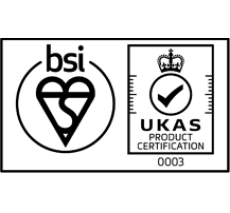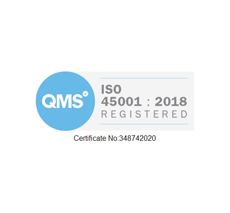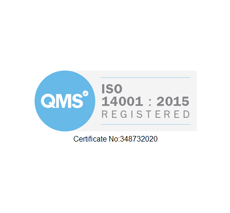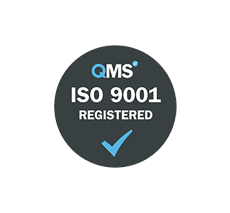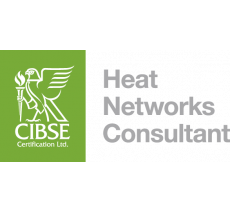THERMOGRAPHY A USEFUL TOOL FOR BUILDING SERVICES
16 Jul 2021
In the construction industry, there are appetites for many technologies to improve energy consumption, performance and efficiency - thermography being one of them. Utilised in a variety of different industries including healthcare, in a construction context, thermography is a visual signifier of invisible heat energy and can be highly valuable in maintaining a building’s performance and fabric.
In the construction industry, there are appetites for many technologies to improve energy consumption, performance and efficiency - thermography being one of them. Utilised in a variety of different industries including healthcare, in a construction context, thermography is a visual signifier of invisible heat energy and can be highly valuable in maintaining a building’s performance and fabric. But, as with many constructional disciplines, thermography takes skill and requires a strong foundational knowledge to ensure the correct amount of heat energy is calculated. A tool is only as good as the hands that wield it and the same principle applies to thermography.
Why thermography?
For the past couple of years, I have been thinking about bringing over thermography to building services and analytics. My interest in doing this was cemented when I decided to enrol on a Thermography Level 1 course, which featured plenty of crossovers with what I did for my BEng (Hons) degree many moons ago.
The Level 1 course provided the foundations for learning about emissivity and how materials work. Only 3% of Level 1 participants proceed to the next level. Moving to this phase was a no brainer for me, as the Level 2 qualification enables you to perform surveys which count towards BREEAM credits.
The key difference between Level 1 and Level 2 is in terms of analysis. Level 1 educates participants on the practice and principles of qualitative thermography, which provides a visual cue that leads to action. In a construction context, a thermal imaging camera is mounted on a busbar and enables an individual to see where the hotspots are. Level 2 allows you to do the same, except you can physically measure those temperatures through quantitative analysis. You can understand what they mean and how different materials react. In that sense, Level 2 offers far more depth.
As well as having a thermal imaging camera, every thermographer has the following tools in their pocket: black electrical tape and silver foil. Each of these are instrumental in calculating quantitative measurement, helping to correct the amount of solar gain or reflective heat captured on a surface.
These considerations must be accounted for as they are crucial to creating the right environmental conditions to perform analysis. Emissivity is an object’s ability to emit infrared radiation. Reflectivity, the property of reflecting radiation, are two characteristics of materials which determine the reliability of the thermal pattern in an image. Materials with high emissivity have a low reflectivity and vice versa. Only materials with a high emissivity provide a reliable reading, as materials with a low emissivity reflect the temperature of surrounding objects.
When it comes to thermography, the devil really is in the detail. You need to be trained and qualified to make the right analysis. Even if you don’t orientate the camera properly, incorrect temperatures can be produced – the camera is that sensitive! People will also point the camera at shiny insulation which, of course, misconstrues the reading immeasurably.
Real-time benefits
I have been to developments and used thermography to great effect. One of our clients needed Whitecode to identify a solution to a dangerous overheating issue. On this particular luxury residential development, large transformers were used to prevent the rooms’ heated mirrors from steaming up. The transformers were placed in electrical waterproof boxes for protection, except, in this circumstance, they reached very high temperatures. We used our thermal imaging camera to measure and analyse the temperatures, which subsequently fed into how we resolved the issue. We went into our lab to see how much ventilation is needed and did a real-world test to ensure we had fully overcome the problem. In this situation, thermography played a key role in visualising an invisible issue.
Thermography is a clever tool to use in building services and analytics. With my Level 1 and 2 qualification, combined with the rest of Whitecode teams’ expertise, we can clearly identify an issue before it takes hold, assuring buildings look good and perform well for years to come.
By Alex Hill, Managing Director.
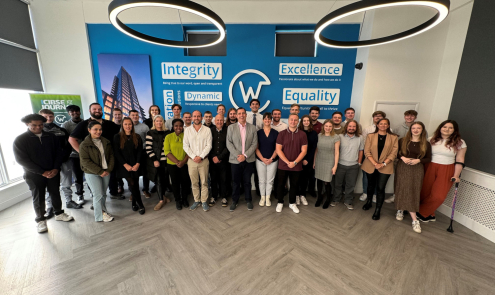
Whitecode Consulting Shortlisted for CIBSE...
As a company that prides itself on delivering outstanding sustainability and buildability for its clients, Whitecode Consulting is delighted to announce it has been shortlisted for the prestigious CIBSE Building Performance...
Read More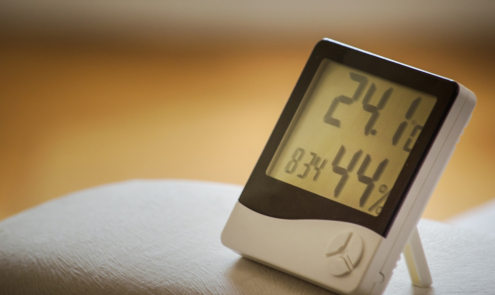
IS THE TRANSITION TO HEAT PUMPS WORTH THE...
As we contend with the global need to reduce carbon emissions and combat climate change, the UK government is introducing bold initiatives to transition away from fossil fuels. One such initiative is the ban on new gas boilers,...
Read MoreLike to Know More? Let's Talk...



